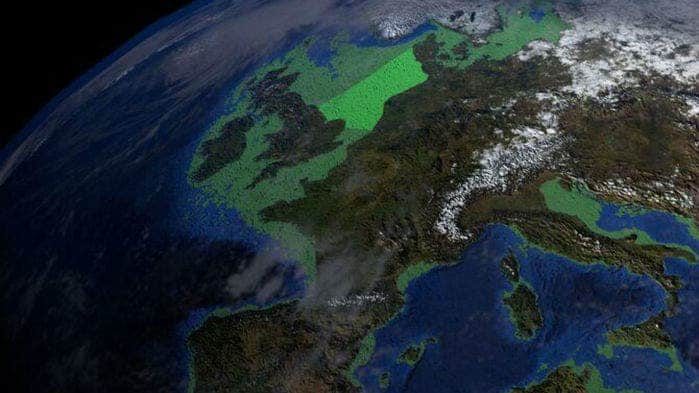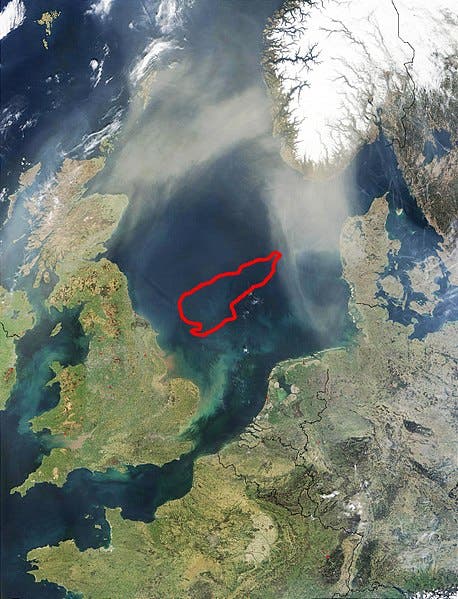The UK is separated from mainland Europe by what is now the North Sea — but it wasn’t always like this. Up until 6,500 years ago, that area was essentially a vast and inhabited field called Doggerland — a rich habitat with human habitation. Now, researchers are mapping the seafloor in great detail, searching for artifacts and ancient DNA. The resulting 3D map will help archaeologists know where to look for settlements.

Archaeology is difficult enough as it is — sure, some structures are massive and visible overground, but there is much more than meets the eye. The vast majority of archaeological structures are still underground, and researchers need to identify suitable locations, and then carry out delicate and time-consuming digs — it’s rarely an easy task. Doing all of that in submerged areas is nigh impossible, but archaeologists are a persistent bunch.
The University of Bradford is carrying out a two-year marine expedition to search for prehistoric, submerged settlements around the area of Doggerland. Doggerland, the area of land that connected the UK to Germany and Scandinavia, is believed to have hosted several thriving human populations. However, as the ice melted at the end of the last glacial period of the current ice age, sea levels started to rise, slowly submerging Doggerland and cutting off what was previously the British peninsula from the European mainland. By around 6500, Doggerland was submerged, although Dogger Bank, an upland area of Doggerland, remained an island until at least 5000 BC. Previous research suggests that Dogger Bank was inhabited right until the very end.
The Bradford team plans to acquire seabed mapping data to produce a 3D chart revealing the rivers, lakes, hills and coastlines of the country. The map will be analyzed, and researchers will return to the most promising areas to harvest core sediment samples, which will be surveyed for fragments of DNA. It will be the first detailed look we have at this lost continent. Site surveys will then be carried out at these sites. Professor Vincent Gaffney, from the University of Bradford, commented:
“If it is possible to undertake fieldwork that can locate prehistoric settlement on the Brown Bank this would be a major event. Until now the majority of Doggerland has been terra incognita in archaeological terms. If we can begin to locate settlement across the, currently, empty map of the Doggerland, we would open a new chapter in archaeological exploration”.

Currently, the team is zooming in on the most promising areas. Recent studies by researchers at Ghent University helped narrow the search, identifying paleo-river systems running across the southern North Sea at the end of the last Ice Age. Using this information, they have pinpointed a particular area where they believe there was once a large lake, at the edge of which could once have been a settlement.
Now, the team also needs a bit of good luck — and good weather. They can’t really go digging underwater, so they will dredge out parts and see what they come up with. Even the narrowed area is still pretty huge though, so researchers can only hope that their estimates are correct and they won’t come up empty-handed.
“We can’t walk those fields looking for pottery or stone fragments, we can’t dig. We’re going to drop ‘grabs’, or do very small-scale dredges, to see if we can find these stones or tools, to give us a clue as to what is there. We are talking about an area that is the size of a modern European country. And we know almost nothing about it,” Gaffney told The Guardian.
“It’s a needle in a haystack when you’re dropping a 1 metre bucket into a landscape the size of Holland,” he added.
However, fishermen working in the area have made several archaeological findings over the years, so there are reasons to be optimistic.


